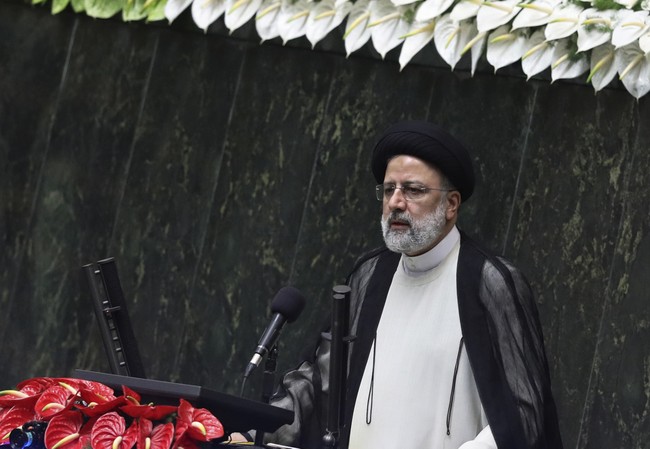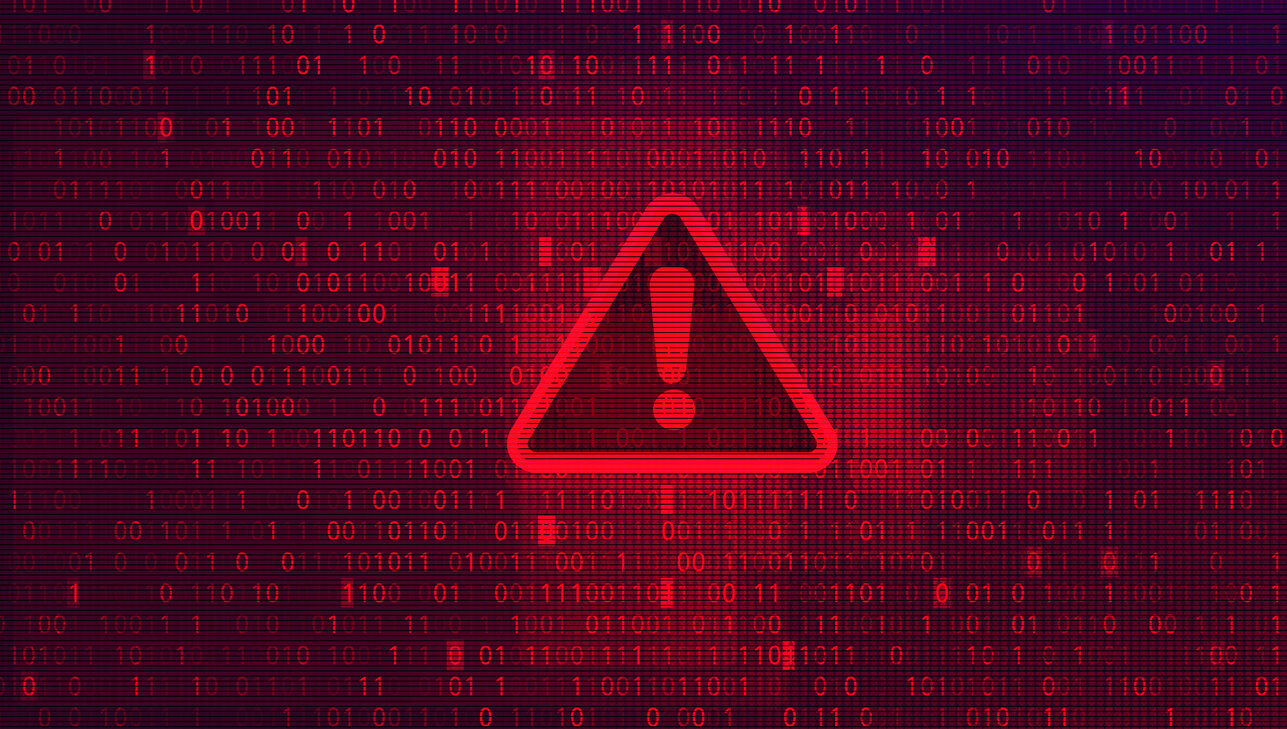Hacking Capabilities of Iranian Dissidents Adds to Tehran’s Woes
Just over a year ago, the Islamic Republic of Iran experienced one of its most serious cybersecurity breaches, resulting in the temporary inaccessibility of several government websites and the disruption of power grids, surveillance cameras, and other digital infrastructure. Contrary to what one might have expected, the attacks came not from any of Tehran’s foreign adversaries but rather from a group of anti-government hacktivists known collectively as Gyamsarnegouni, or “Uprising Until Overthrow.”
Cybersecurity researchers discerned the domestic origins of the hack mainly based upon the fact that the operation also saw the release of vast quantities of government documents detailing personnel and financial records, secret strategic communications by regime authorities The leak involved such a tremendous amount of data that it likely would have been impossible to access remotely from outside the Islamic Republic, partly because Iranian internet access is notably slow, with frequent outages, and partially because the systems targeted by the underlying hack were effectively cut off from the global internet.
Our research pointed out that that not only that individuals inside the Islamic Republic carried out the attacks but also that they almost certainly required the participation of figures inside the regime itself, who would have had direct access to the systems in question.
It would be difficult to overstate the damage these attacks have done to Iran’s ruling system by opposition hacktivists alongside finely-honed modern cyber espionage and digital sabotage tools. The damage should be evident from the scale and diversity of Iranian hacktivists’ achievements in recent years, especially in the immediate aftermath of the killing of Mahsa Amini by morality police in September 2022, which sparked an immediate, nationwide uprising that many have called the clerical regime’s greatest challenge in all of its 44 years.
An attack on the Islamic Republic of Iran Broadcasting penetrated highly secure networks, typically isolated from the internet, and allowed hackers to briefly broadcast opposition messaging on state media, including some of the uprising’s defining slogans, like…


